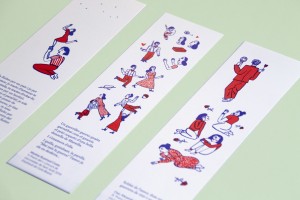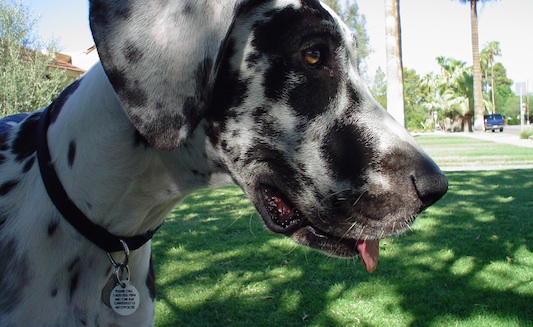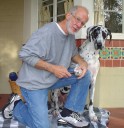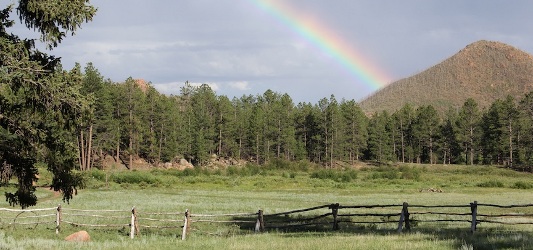The Bottle and the Waves
Today was the first day I have seen this sea with any waves. It is usually quite flat. There were people surfing (which seldom happens here, at any time of the year). I found it difficult to stand in the waves, as they had tremendous power on-shore (remember, the beach in Barceloneta is entirely man-made, and drops off very quickly).
Two drunk guys on the beach today, here in Barceloneta, between 7:30 and 8:00 pm. One was completely wasted and trying to get back into the water. His friend, who had just opened another bottle of beer was blocking him, to the best of his ability.
The drunk guy (without the bottle in his hand) made it past his friend and fell face first into a wave. He lay there, face down, not moving while the wave tossed him a half meter high and low. As it tumbled him, he tried to stand but couldn’t get back to his feet.
His friend, still holding the beer, walked out into the water and tried to guide him back to shore. The next wave knocked him over as well, his beer now a mixture of salty water and brew.
The first guy was being tossed about as if in a washing-machine, mostly with his face under water. It was clear he was not going to get out again and would likely drown.
Thousands of people on the beach, yet no one doing anything. I ran down to the shore and waited. I did not want to go out into the water, as he could pull me under. The next wave tossed him to my feet, the water a half meter deep. I grabbed his shirt, lifted him, wrapped my arms under his and dragged him up onto the beach. He attempted to stand, stumbled, and I dragged him further up, to dry land.
Again, no one else assisting, but everyone watching.
He struggled to his feet, coughing, and tried to walk back into the water. I placed my leg behind his, pushed hard on his chest, and took him down. I threw his arm over his head and pinned it to the sand, placing my knee on his upper arm, the full weight of my body on his chest.
I yelled at him, “Hombre! No mas! No pincha mas, ok?!”
He nodded, but was still catching his breath.
His friend came along side, bottle still in hand. I pointed to the bottle and told him to empty it. He did, on command, and then thanked me for helping his friend.
I held him in position until he stopped struggling, and asked his friend to look after him (for what that was worth). I stood, they both shook my hand. Ten minutes later, they were both wobbling around the beach again.
By the public showers, I watched, waiting to see what would happen. Someone offered them two Cokes. The drunk fell down and lay still.




